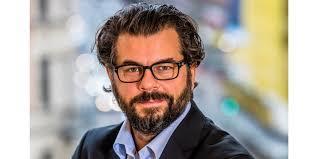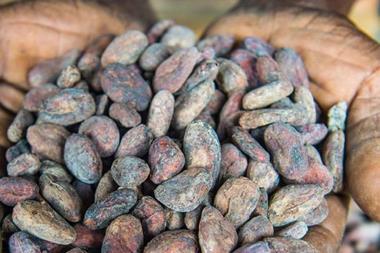Sweden’s five national pension buffer funds missed out on big profits from last year’s tumbling krona because of mandatory currency hedging, and the government should rethink that foreign-exchange policy, according to an official report.
In its 2022 evaluation of the AP funds’ operations, consultancy McKinsey said the combined return of the AP funds in 2022 had been negative, with negative results for all funds except AP6, which exclusively invests in unlisted assets.
The firm cited a number of factors, such as the Russian invasion of Ukraine, global production and logistics problems and rising inflation, as having put pressure on investment returns last year, but described the depreciation of the Swedish krona as a potential positive.
“The negative development of the krona during the year has supported the return from assets denominated in other currencies (for example global shares), and the effect of the exchange rate development on the portfolio value is positive for all AP funds,” McKinsey wrote in the report that is commissioned annually by the Swedish government.
“At the same time, the funds’ exposure to exchange rate risk is limited by law to a maximum of 40% of the portfolio value, and the funds use currency hedging to limit exchange rate effects on the portfolio value, which in 2022 contributed to a weaker result,” it said.
The krona fell by 13% against the dollar last year, and by 8% against the euro, according to McKinsey.
In its observations, the consultancy said: “Finally, this year’s evaluation states that the legal requirements that regulate the AP funds’ currency exposure had a major impact during the year.”
In 2022, the cost of currency hedging for several of the AP buffer funds had constituted the single largest negative contribution to the year’s return, the firm said.
“Such effects can be expected to be partially smoothed out over time, and the funds would otherwise hedge to some extent against currency fluctuations,” it said.
“Nevertheless, the question deserves further investigation, whether currency exposure is best regulated by law or within the framework of the funds’ own management strategy, and which transaction costs and limitations in the funds’ room for manoeuvre are justified in order to achieve an appropriate currency hedging,” McKinsey wrote.
The currency restriction has a particularly large effect on the smallest fund AP6, the firm said, as AP6 had a stricter exposure requirement allowing a maximum of 10%, and had to set aside a considerable liquidity buffer just to handle currency hedging.
McKinsey noted that AP6’s currency exposure limit had been justified in 2007 legislation by its special mission to focus operations on investments in Sweden.
However, the firm said that today, the majority of the SEK69bn fund’s investments took place outside Sweden.
A month ago, AP6’s chief executive officer questioned the wisdom of mandatory currency hedging after its 2022 results showed the practice had all but wiped out the Gothenburg-based buffer fund’s gains on investments during the year.
Collectively, AP1, AP2, AP3, AP4 and AP6, the buffer funds behind the income pension – the main component of Sweden’s state pension – managed assets of SEK1.83trn (€163bn) at the end of 2022.
AP7, the largest Swedish AP fund, is not a buffer fund and runs the default option in the premium pension system – the other part of the state pension.
AP7 does not normally hedge its foreign currency investments.
To read the digital edition of IPE’s latest magazine click here
























